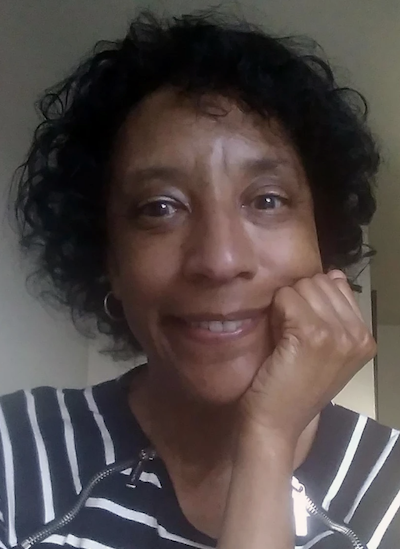AADL Talks To: Bev Willis
When: June 22, 2023

Bev Willis is an Ann Arbor historian who has worked with several historical organizations, including the African American Cultural and Historical Museum, the city’s Historic District Commission, and the Washtenaw County Historical Society’s Museum on Main Street. Bev talks with us about her passion for local history and the mentors, family members, and cultural influences that helped chart the course of her career.
Washtenaw County Historical Society's Museum on Main Street
African American Cultural and Historical Museum
Media
June 22, 2023
Length: 00:42:34
Copyright: Creative Commons (Attribution, Non-Commercial, Share-alike)
Rights Held by: Ann Arbor District Library
Downloads
Subjects
Museum on Main Street
Washtenaw County Historical Society
Ann Arbor Historic District Commission
Black American Community
Old West Side
African American Cultural & Historical Museum of Washtenaw County
Black Americans
University of Michigan - Student Housing
Streets & Roads
House B
Black History
Historic Preservation
Museums
Beverly Willis
Louisa Pieper
Coleman Jewett
Jill Thatcher
George Jewett
Ann Arbor 200
